10+ Unique Wartime Inventions
Wars have long been catalysts for innovation, pushing the boundaries of human ingenuity to new heights. From the need to outsmart opponents to the urgency of saving lives, conflict has inspired some of the most significant technological advancements known to mankind. While these inventions were born out of necessity, many have transcended their original purposes to become integral parts of everyday life.
The Necessity of Innovation: How War Drives Creativity
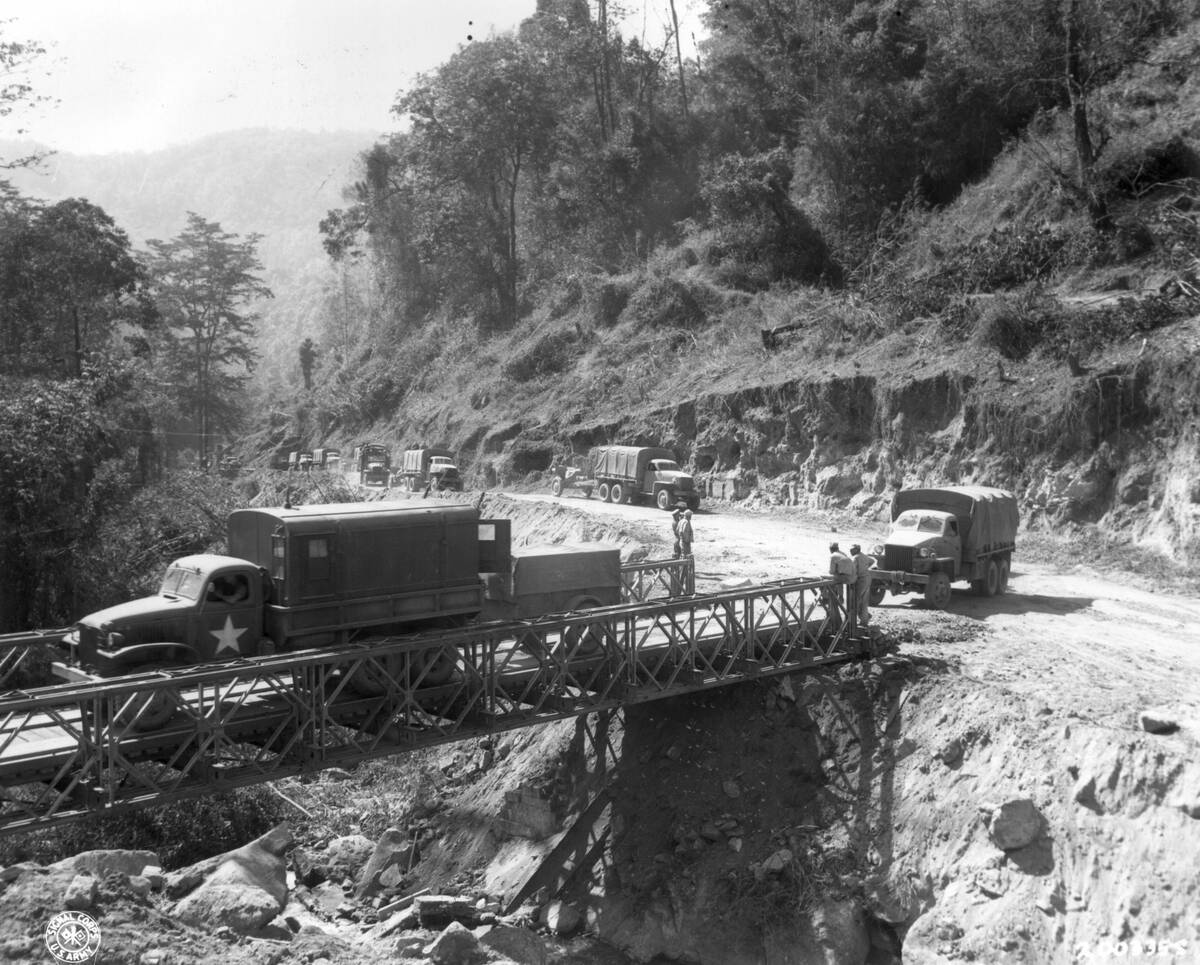
Throughout history, the demands of warfare have necessitated rapid technological progress. The pressure to gain an advantage over adversaries spurs creativity and problem-solving in ways that peacetime rarely does. As a result, many wartime inventions have laid the groundwork for peacetime developments, proving that necessity truly is the mother of invention.
The Enigma Machine: Cracking Codes and Breaking Barriers
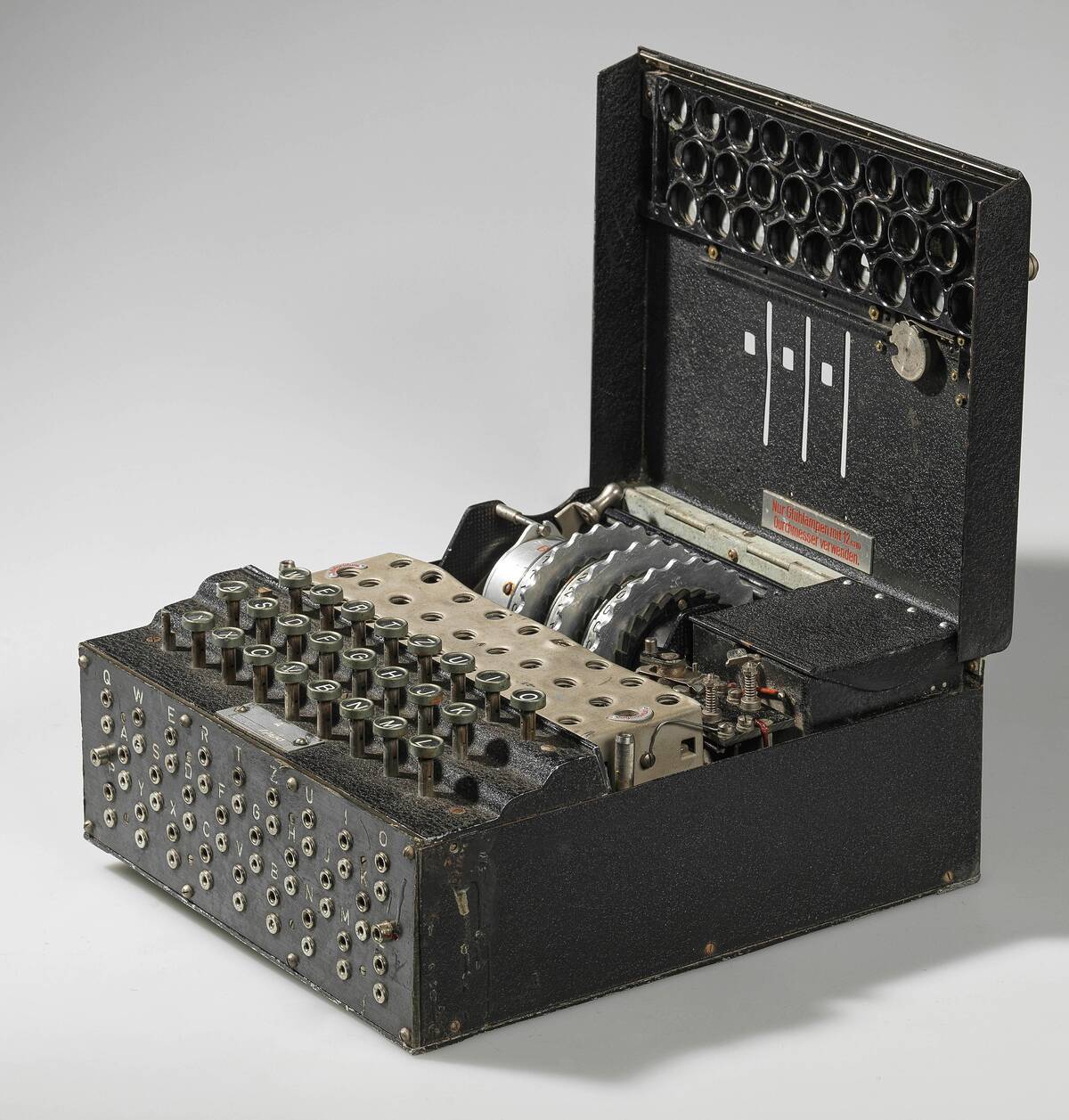
The Enigma machine, used by the Germans in World War II, was a cipher device that encrypted sensitive military communications. Its complexity was initially thought to be unbreakable, but the Allied forces, led by mathematician Alan Turing, successfully cracked its code. This breakthrough not only aided in the war effort but also laid the foundations for modern computing technology.
The Jeep: A Vehicle That Redefined Military Mobility
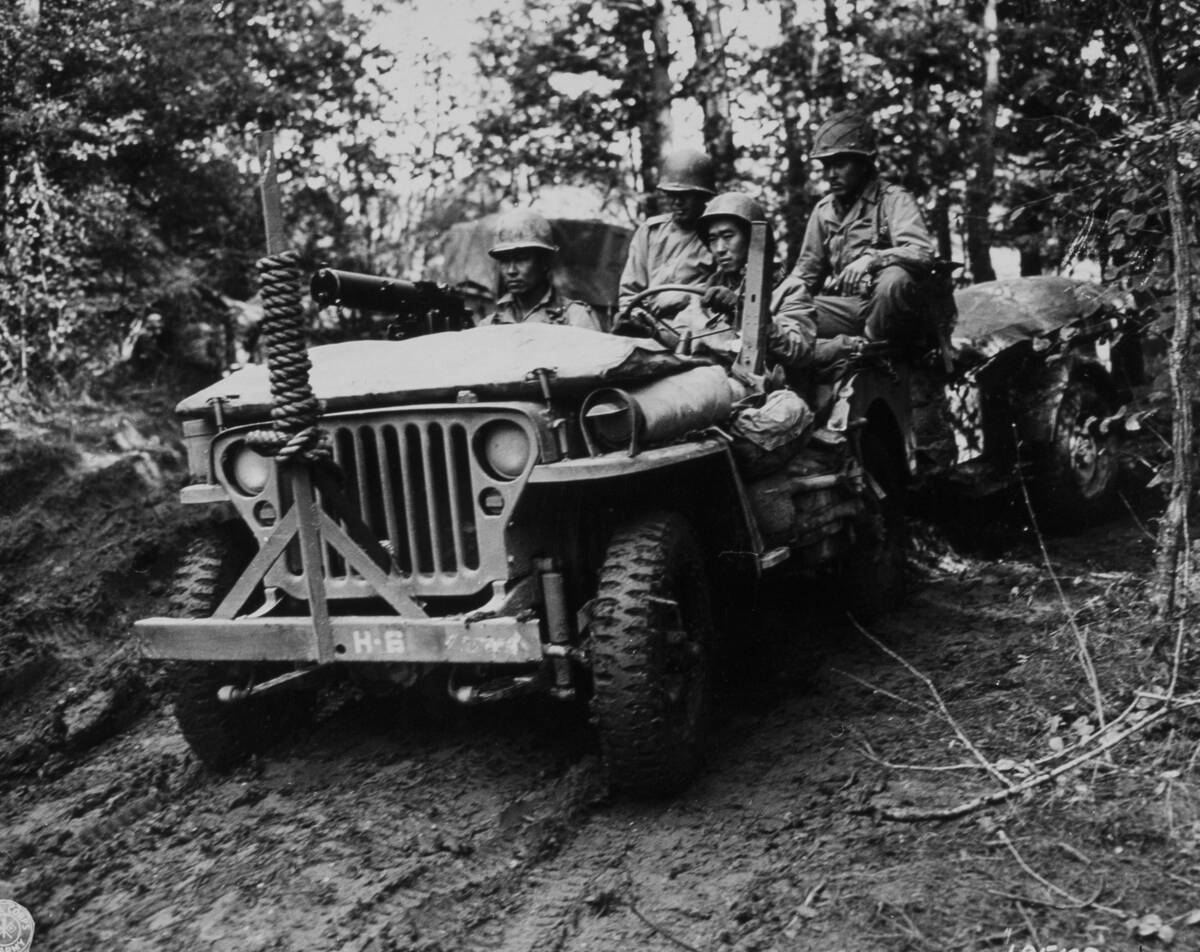
The Jeep, initially developed for military use during World War II, was designed to be a lightweight, durable, and versatile vehicle. Its ability to traverse difficult terrains made it indispensable for troop movements and supply transport. The Jeep’s rugged design and practicality soon captured civilian interest, leading to its transformation into a popular recreational vehicle post-war.
Radar Technology: Eyes in the Sky
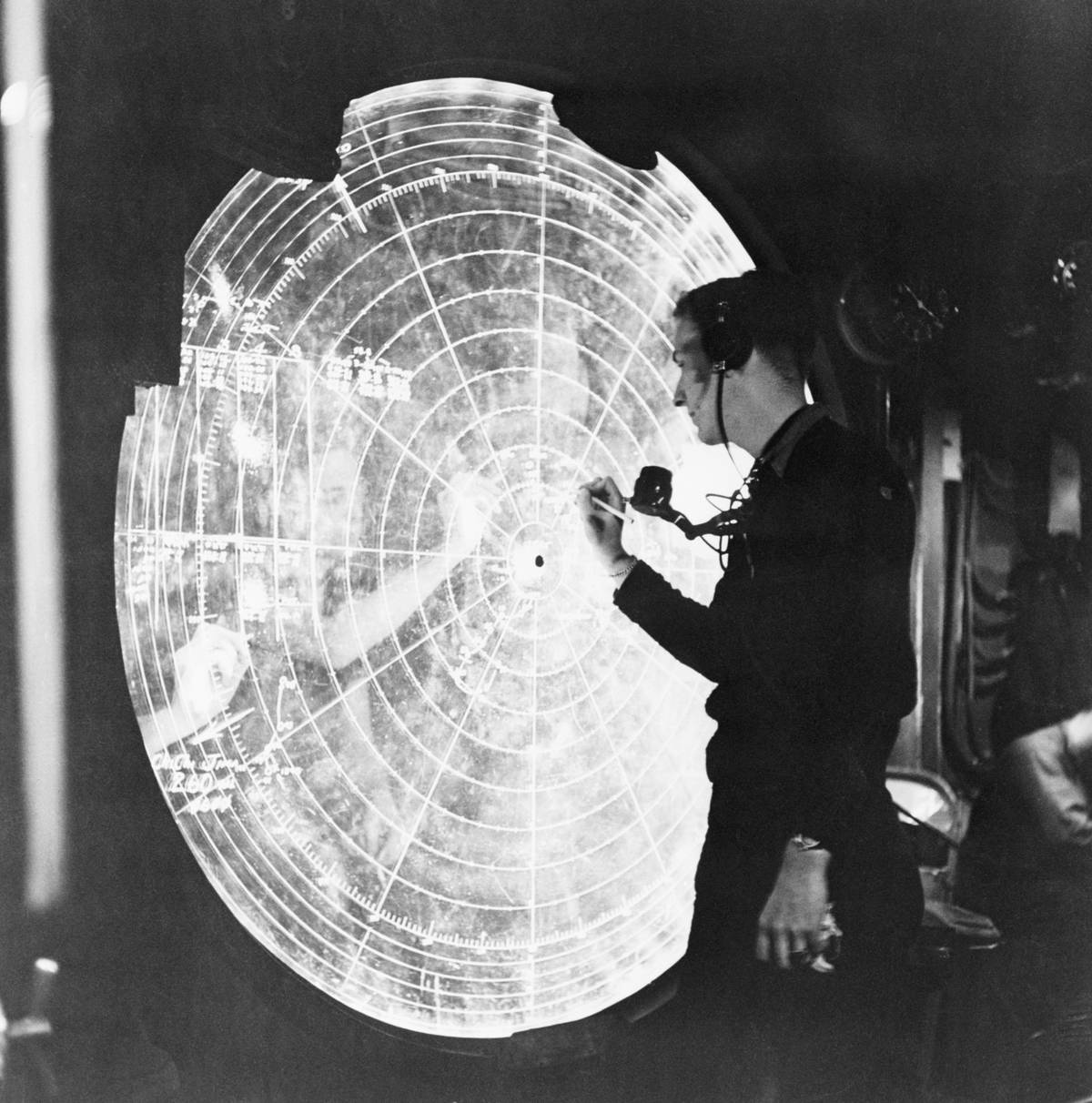
Radar technology, developed during World War II, provided a strategic advantage by detecting enemy aircraft and ships before they could strike. By using radio waves to determine the range, angle, and velocity of objects, radar systems dramatically improved military defense capabilities. Today, radar is crucial in fields ranging from aviation and meteorology to law enforcement.
The Development of the Atomic Weapon: A Controversial Breakthrough
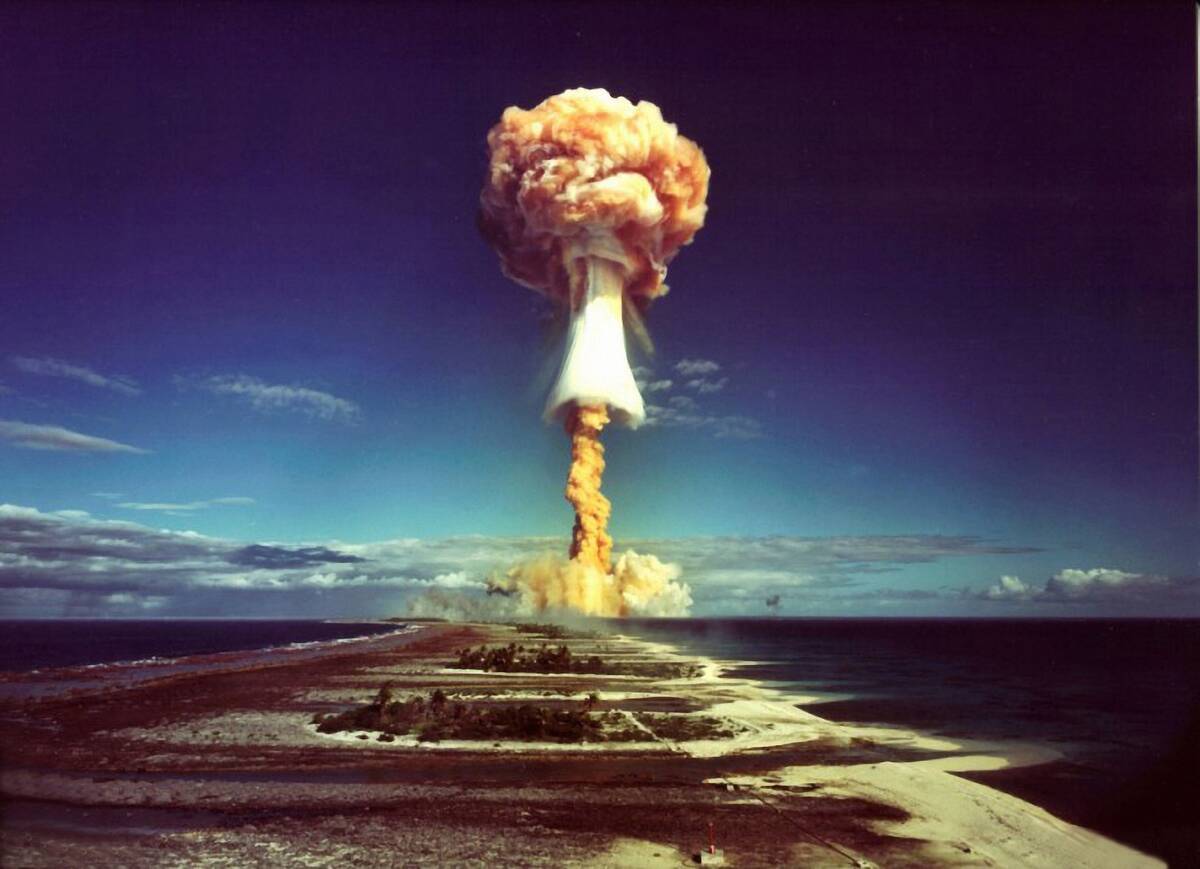
The development of the atomic weapon during World War II marked a significant turning point in warfare. Created under the top-secret Manhattan Project, the weapon’s devastating power led to the end of the war but also raised ethical questions about its use. The atomic age that followed changed global politics and spurred further research into nuclear energy.
Synthetic Rubber: A Vital Substitute in Times of Shortage
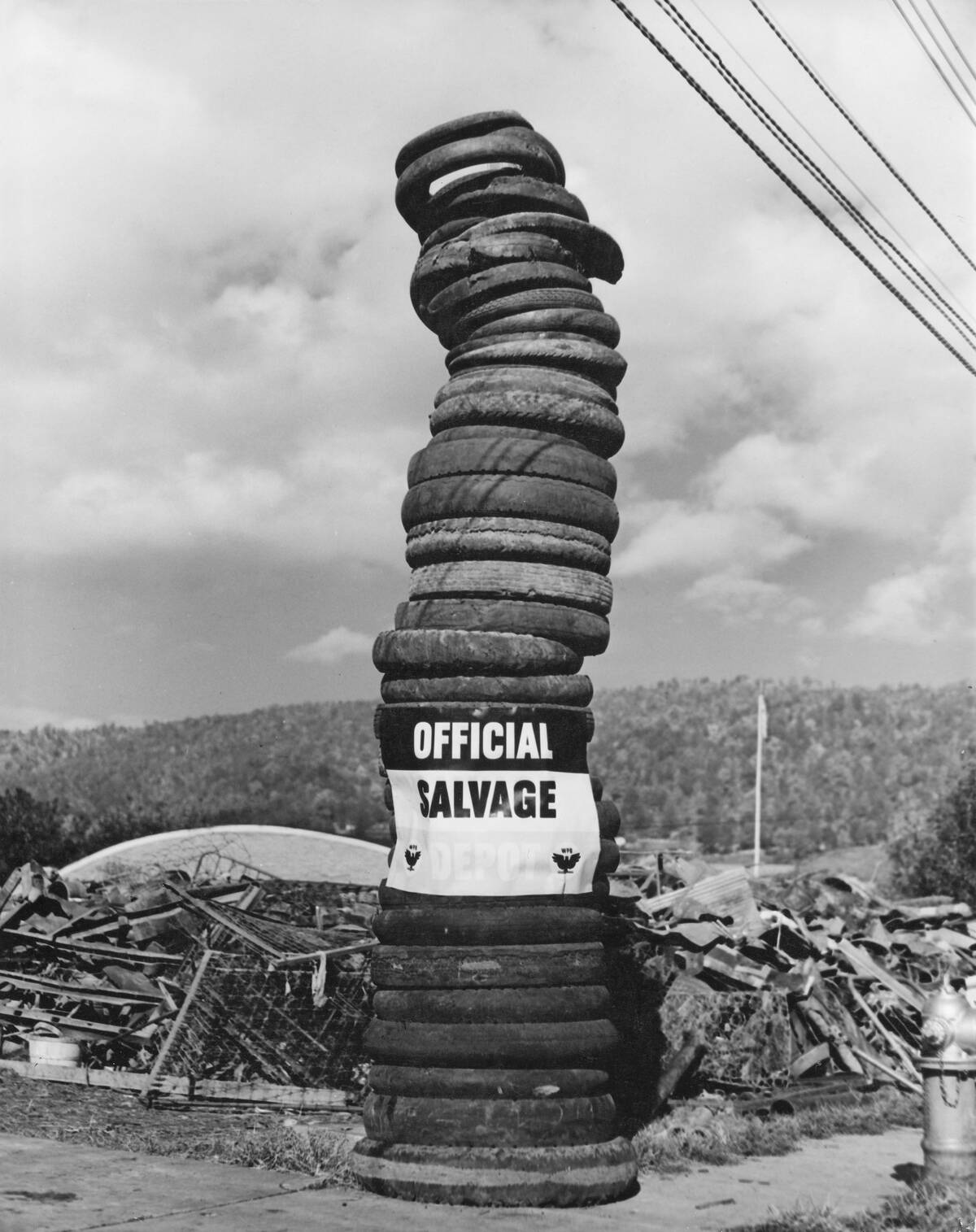
During World War II, natural rubber shortages prompted the development of synthetic rubber. The United States spearheaded efforts to produce this crucial material for tires and other military equipment. The success of synthetic rubber not only supported the war effort but also paved the way for its widespread use in countless consumer products today.
Duct Tape: The All-Purpose Adhesive Born of Wartime Needs
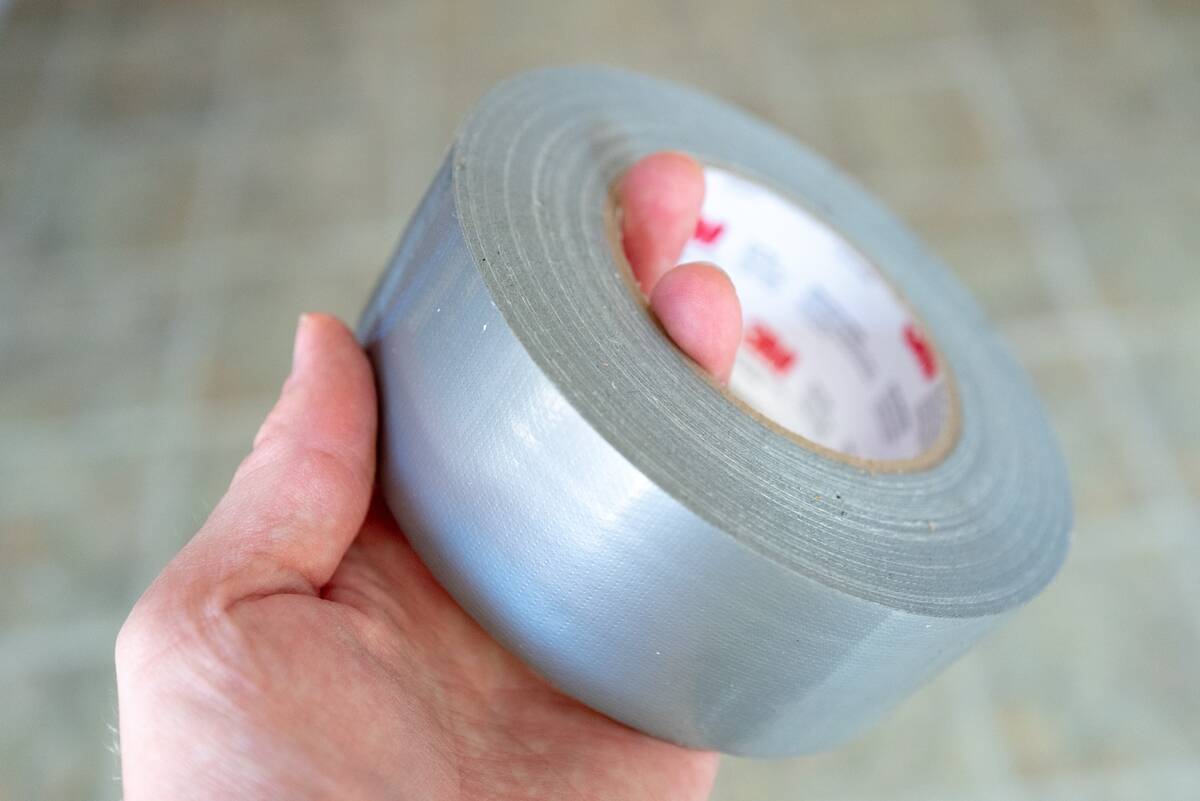
Duct tape was invented during World War II to seal ammunition cases against water and dirt. Its waterproof properties and strong adhesive made it an invaluable tool for soldiers. After the war, its versatility and reliability led to its adoption in households and industries worldwide, becoming a staple for DIY repairs and creative solutions.
The Walkie-Talkie: Revolutionizing Battlefield Communication
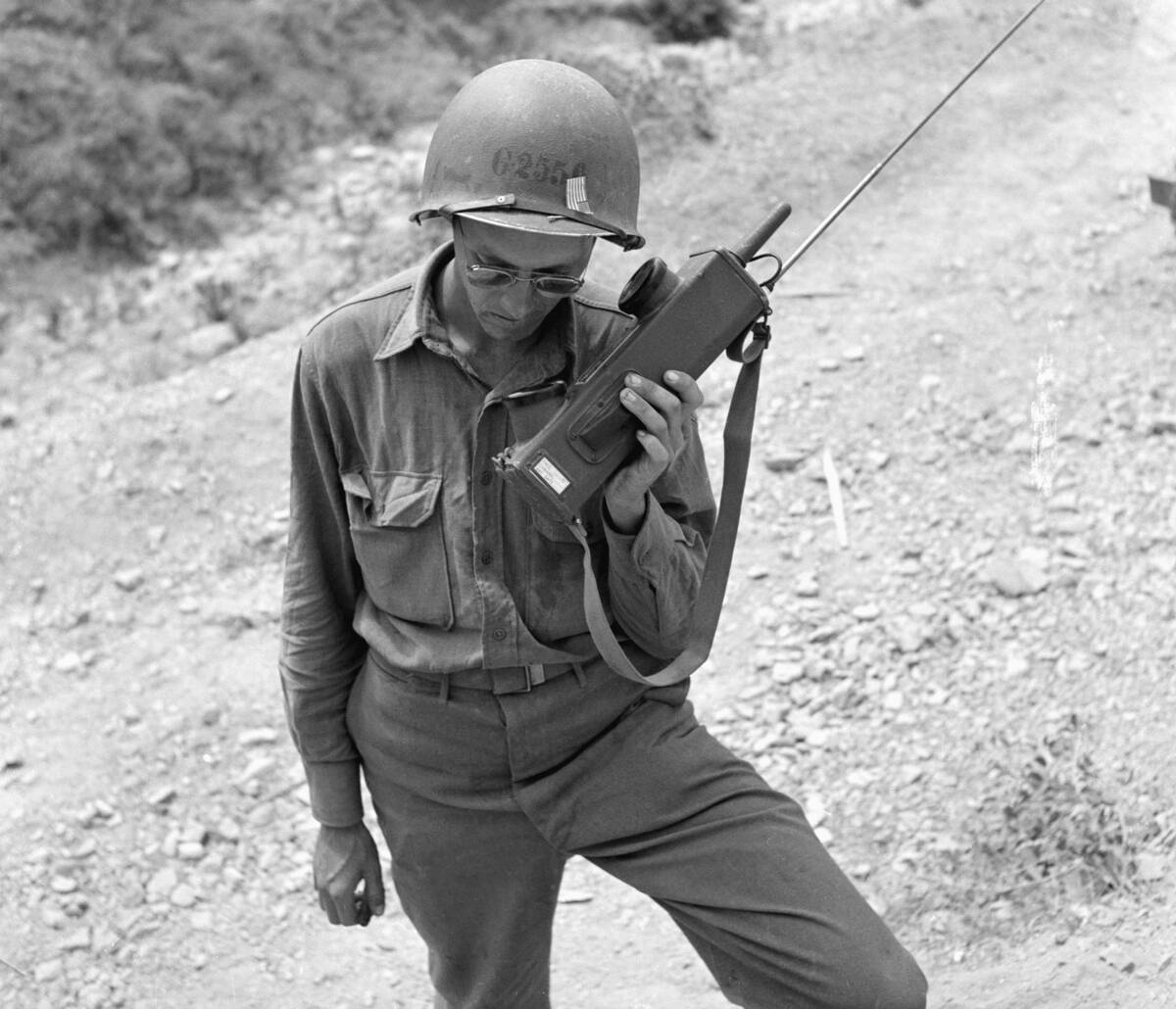
The walkie-talkie, developed during World War II, revolutionized battlefield communication by allowing troops to relay messages wirelessly over long distances. Its portability and ease of use made it an essential tool for coordinating military operations. Today, walkie-talkies are used in various fields, from emergency services to recreational activities, showcasing their enduring utility.
Jet Engines: Speeding Up Air Warfare
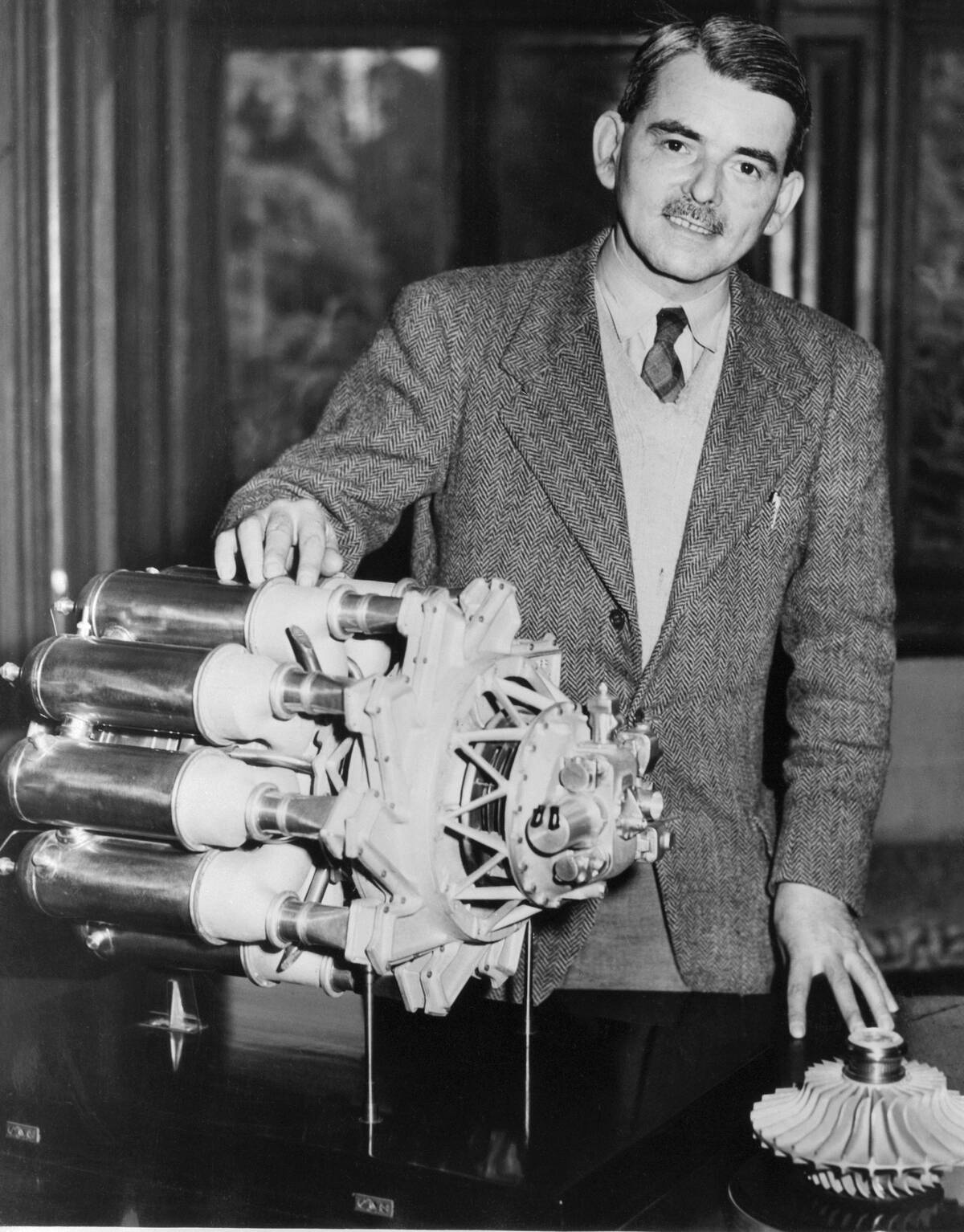
Jet engines, introduced during World War II, transformed air combat with their superior speed and altitude capabilities. The innovation of jet propulsion allowed fighter planes to outperform their propeller-driven counterparts. Post-war, jet engines became the standard for commercial aviation, drastically reducing travel times and making air travel more accessible to the public.
Nylon: From Stockings to Parachutes
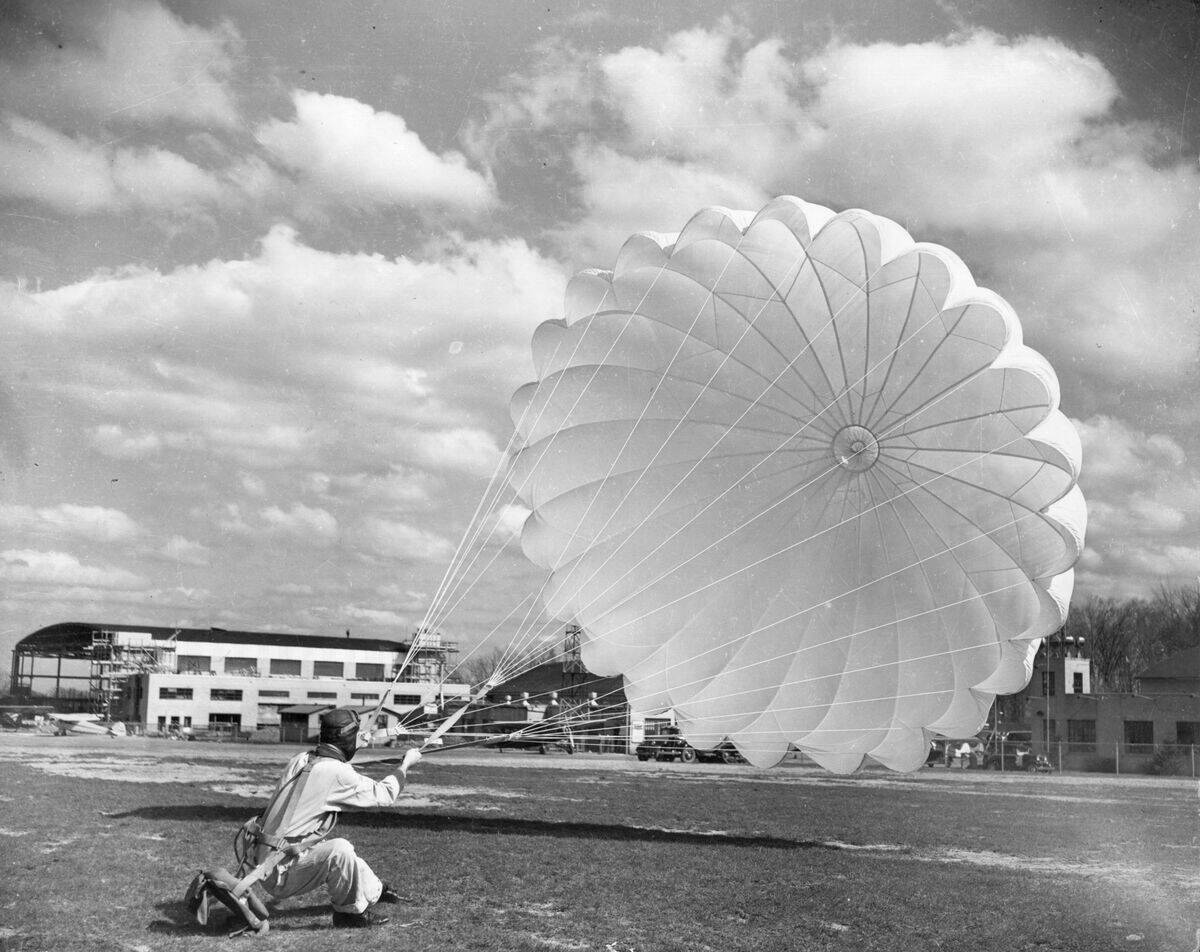
Nylon, first introduced as a synthetic substitute for silk in stockings, found its military application during World War II in parachutes, ropes, and other equipment. Its strength and elasticity made it suitable for various wartime uses. After the war, nylon’s popularity soared, leading to its widespread use in textiles and numerous other industries.
The Bailey Bridge: A Marvel of Military Engineering
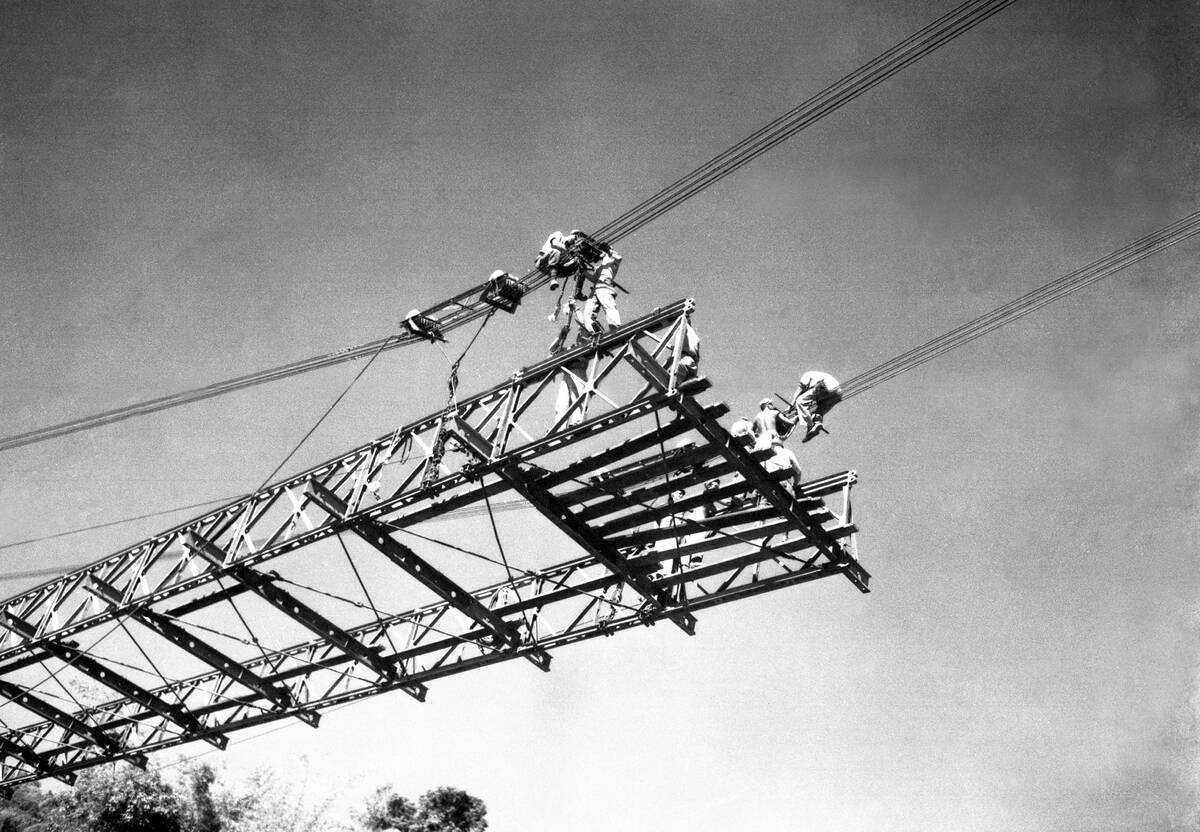
The Bailey bridge, a portable pre-fabricated bridge, was a crucial innovation during World War II. Its modular design allowed it to be quickly assembled and deployed, enabling troops and vehicles to cross difficult terrains and waterways. The Bailey bridge’s engineering brilliance continues to influence modern bridge construction and disaster relief efforts.
Sonar: Seeing Underwater in the Submarine Warfare Era
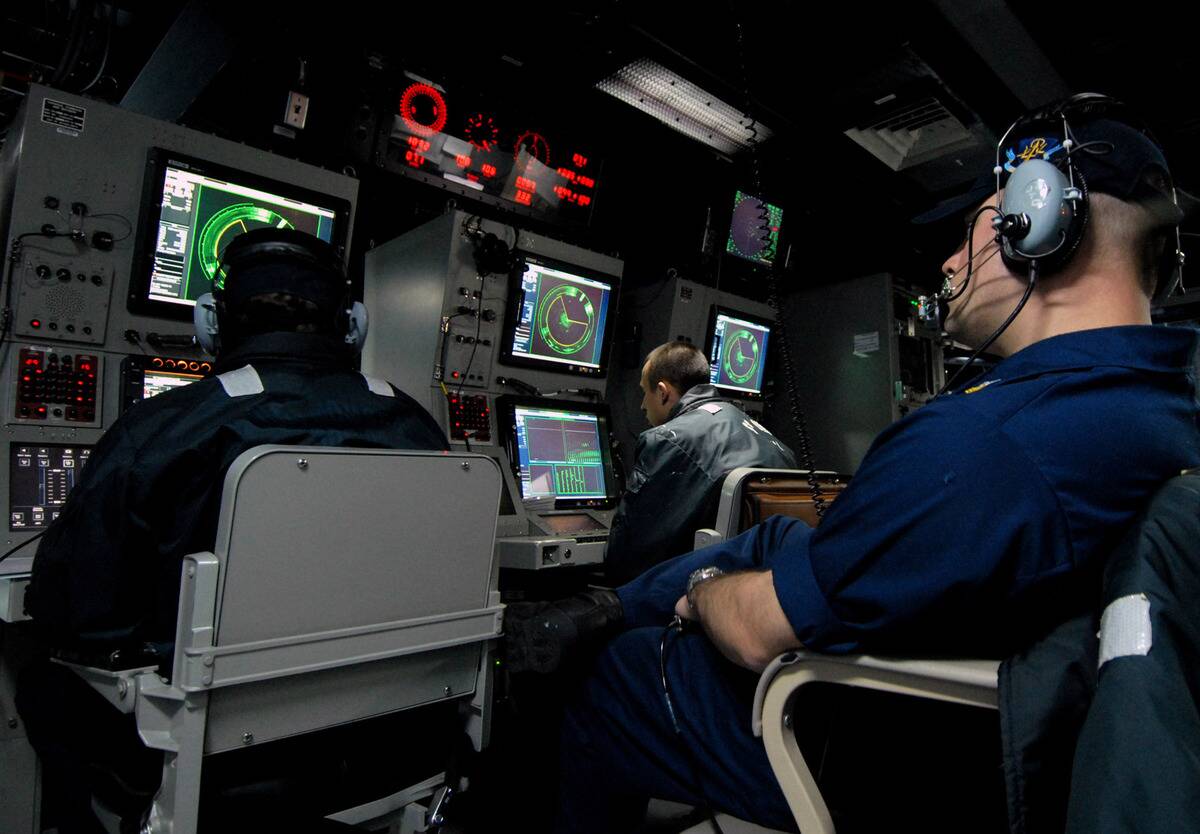
Sonar technology, developed during World War I and refined in World War II, greatly enhanced naval capabilities by detecting submarines and other underwater objects. By emitting sound waves and analyzing their echoes, sonar systems provided a new way to “see” underwater. Today, sonar is vital for navigation, fishing, and underwater exploration.
The V-2 Rocket: Pioneering Space Exploration
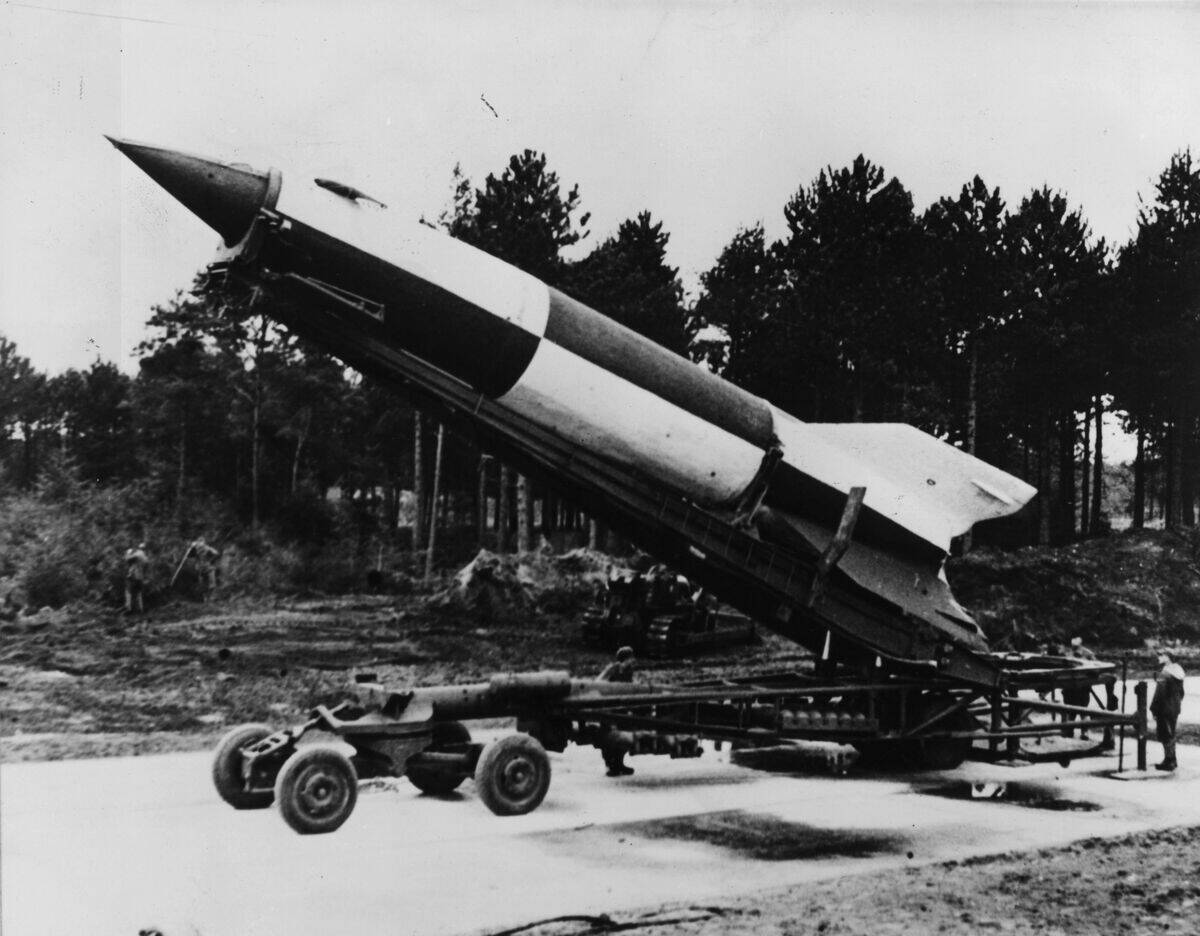
The V-2 rocket, developed by Nazi Germany during World War II, was the world’s first long-range guided ballistic missile. Although initially used as a weapon, the V-2’s technology laid the groundwork for future space exploration. After the war, scientists like Wernher von Braun repurposed rocket technology for peaceful space programs, ultimately leading to human space travel.
The Legacy of Wartime Inventions: Innovations Beyond the Battlefield
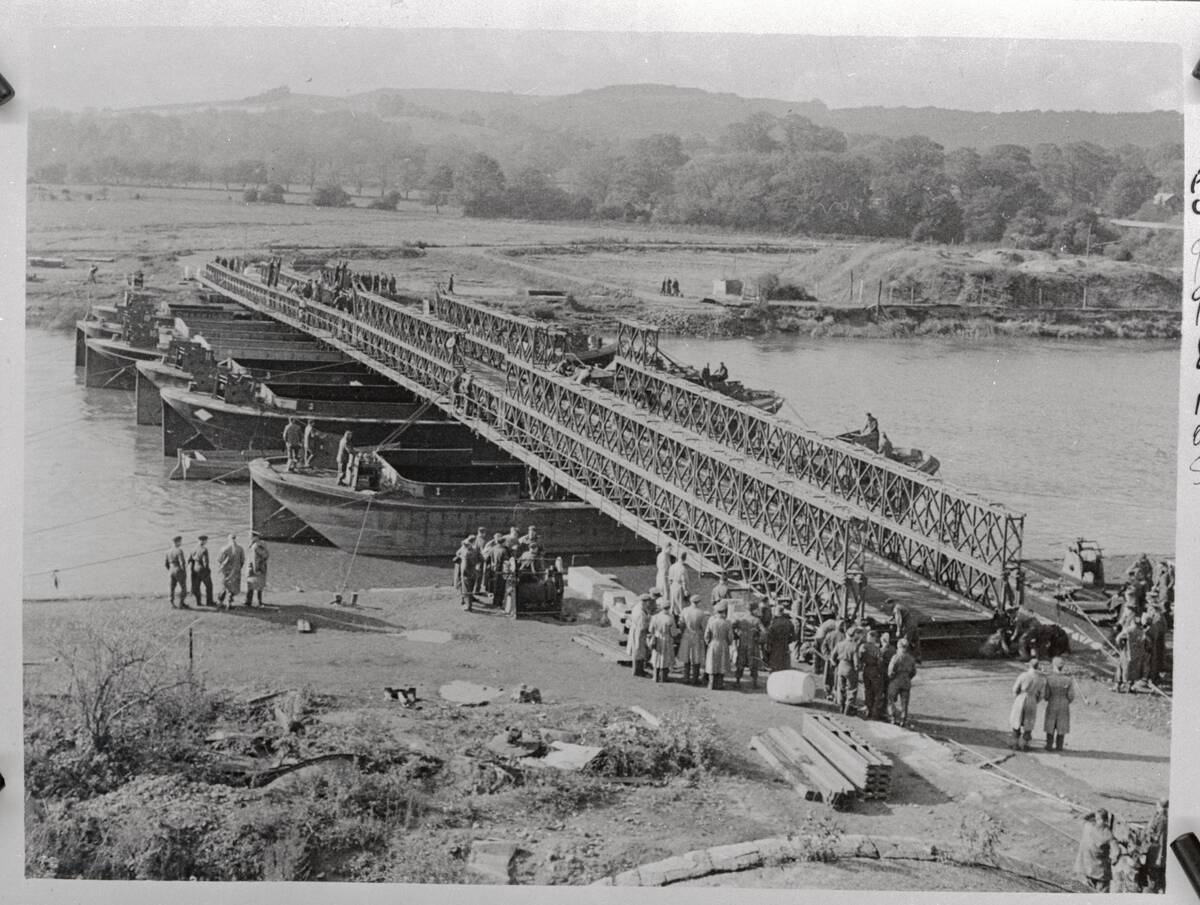
The legacy of wartime inventions extends far beyond their initial military applications. Many of these innovations have been adapted for civilian use, improving our daily lives in countless ways. From medical breakthroughs and transportation advancements to communication and everyday conveniences, the impact of wartime creativity continues to shape the modern world.



